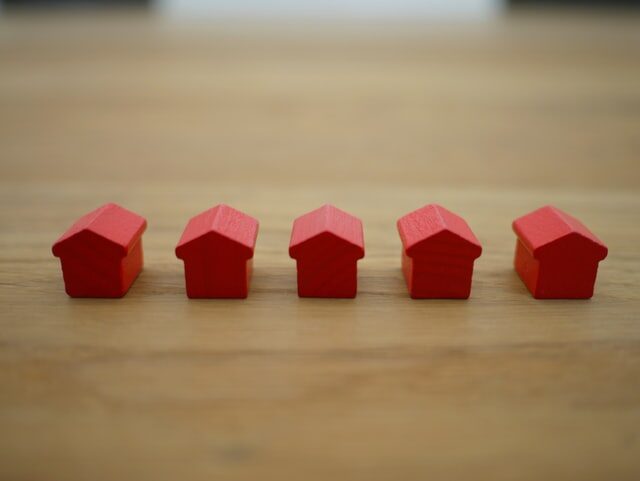It can often seem like you are listening to a foreign language when you are shopping for home insurance. However, this is a very important policy that every homeowner should have in place. These tips can help you find the right policy for your situation.
Customize Coverage Options
The first thing you need to do when shopping for home insurance Newark DE is to decide what type of coverage you need. There are three main categories of home coverage in a standard home policy. These are:
- Damage to the structure: This is what comes to mind for most people when they consider homeowners’ insurance. Coverage for your home and any outbuildings helps to pay for repairs or rebuilding if they are damaged from fire, vandalism, or other covered events.
- Personal belongings: Your policy should also cover the loss of personal property. This is everything from clothing to electronics to art collections. Many policies also cover items lost or stolen, even if the loss happens outside of your home.
- Personal liability: If someone is injured on your property, you could be liable for their medical care. You may also find yourself on the receiving end of a lawsuit. Personal liability coverage helps protect you from these expenses.
Choose Appropriate Plan Limits
Your policy should have structural and property coverage limits that are high enough to rebuild and replace your belongings in the event of a total loss. This is affected by current prices for goods and services. If it’s been several years since you purchased your current policy, the limits could be sorely outdated. Consider buying a policy that offers a full replacement cost option.
Not all plans are designed alike. Changing coverage limits can drastically affect premium prices, so take the time to look into these numbers to spot any differences. When you get quotes for insurance, be sure you are comparing apples to apples.
Add Additional Coverages
Many policies have exclusions, so it pays to ask about these. In many cases, you can add a rider to eliminate or minimize coverage gaps. A few common examples of areas where people find themselves underinsured include if you run a business from home or have certain high-risk features, such as a waterslide, on your property.
There are other times when you may want to purchase additional coverage. These can include guarding against natural disasters, such as flooding or earthquakes, when your home is in an area prone to them.
Spending a little time reading each policy and checking the important features can help you find the right one for your needs. Start by looking at coverages and plan limits, then add any customizations necessary for your unique situation.

